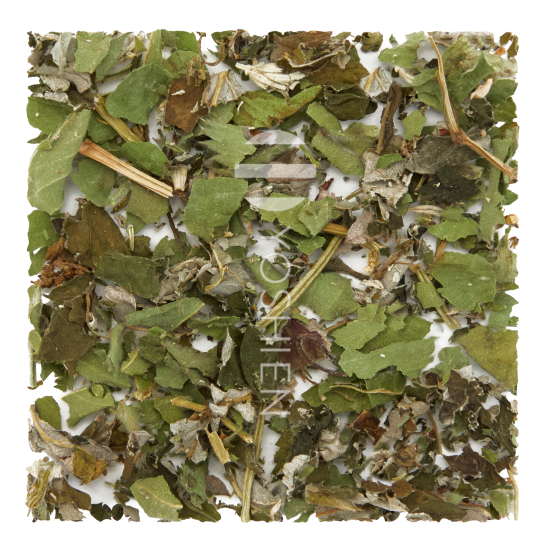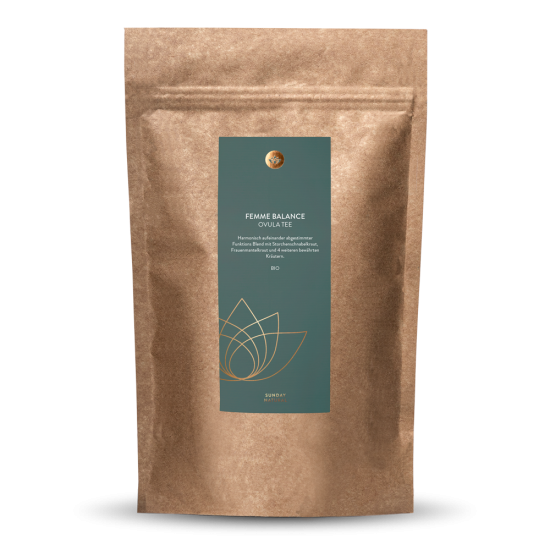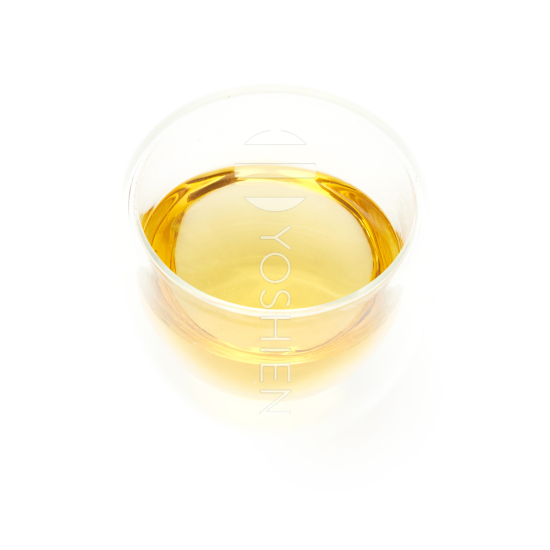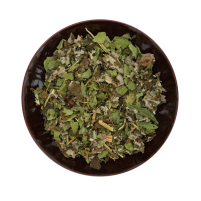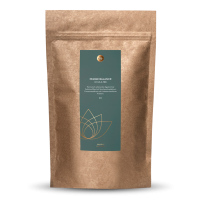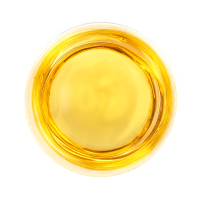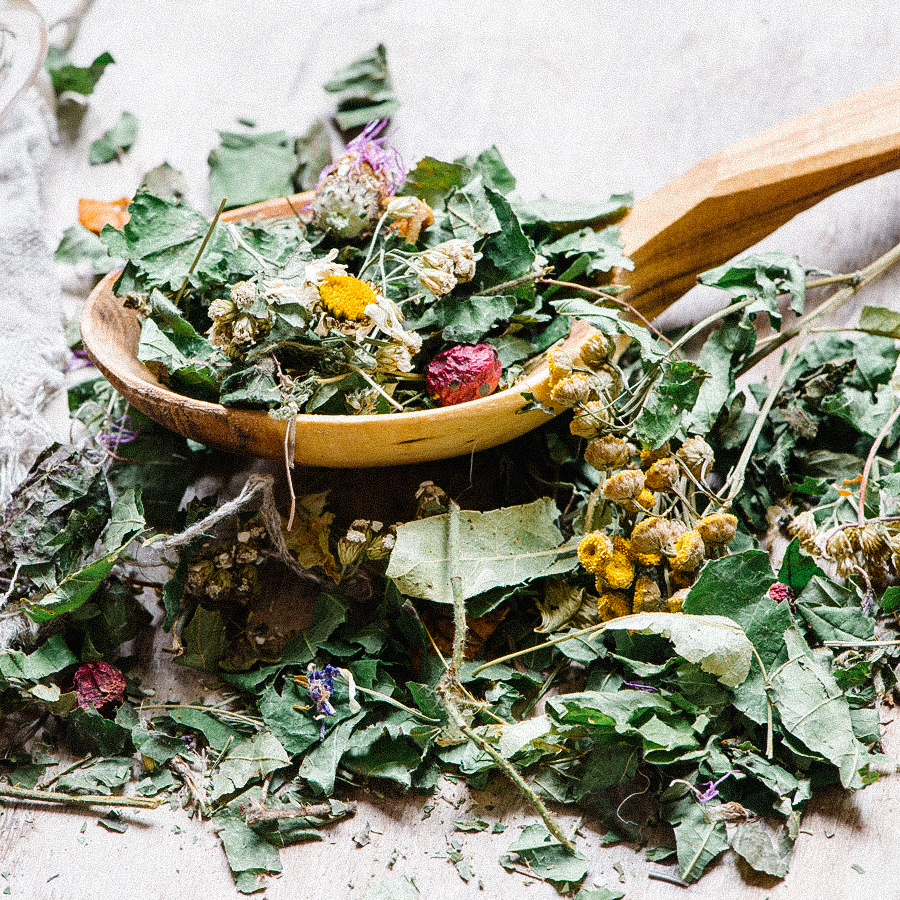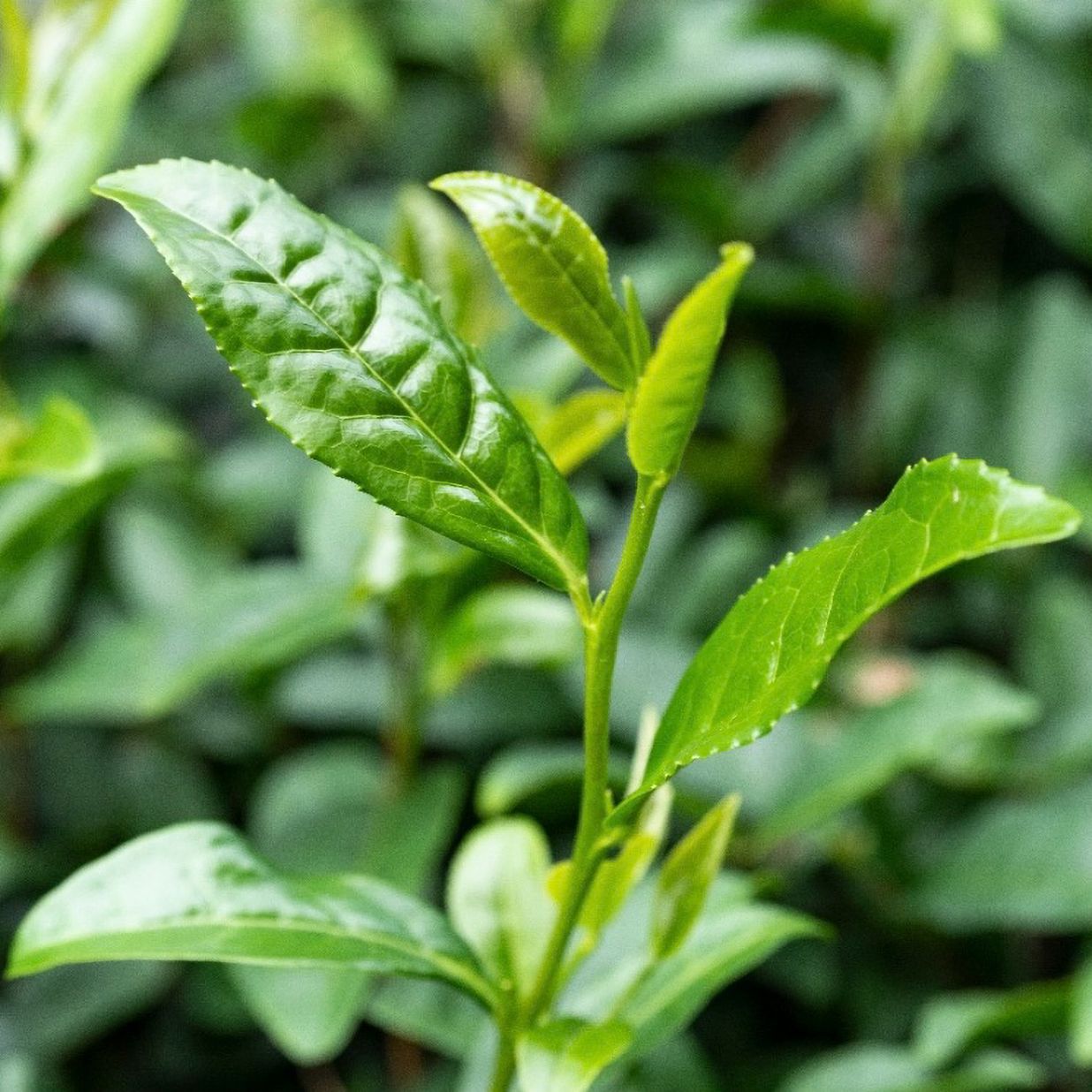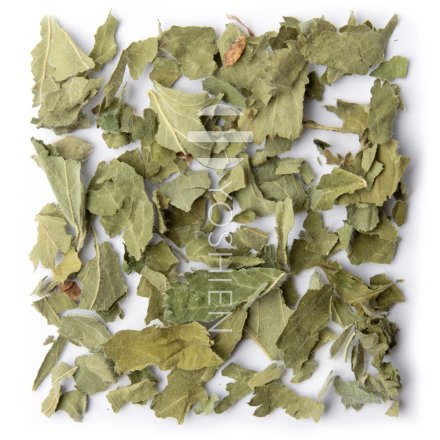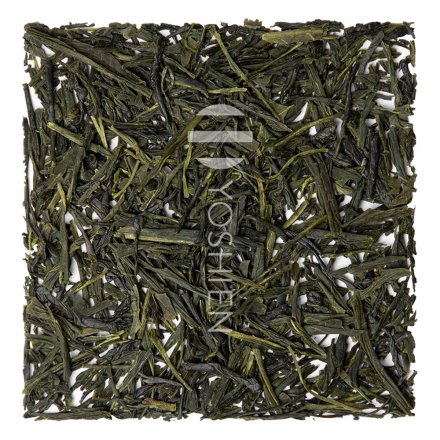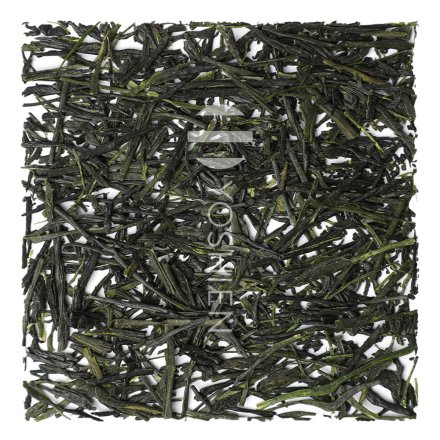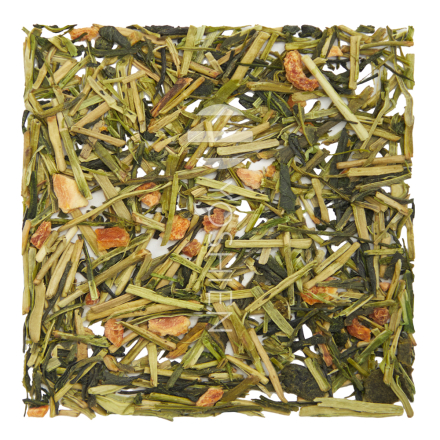LADY'S MANTEL
Lady’s mantle (Alchemilla) belongs to the rose family (Rosaceae). Its species are found across Europe, Asia, and Africa, thriving particularly well in higher altitudes, with around 300 species present in Europe alone. Its name, Alchemilla, speaks for itself and hints at its magical qualities: Since ancient times, the droplets of water that appear on the inner surface of its leaves have been regarded as a healing remedy.
RASPBERRY LEAF
The raspberry (Rubus idaeus L.) is an agricultural crop with a rich history dating back at least 2000 years to the Greeks and Romans, and archaeological evidence even suggests that both the fruits and leaves were used as far back as the Stone Age. Monks and herbalist priests of the Middle Ages also cultivated raspberries in their monastery gardens. Renowned for its delicious fruits, the plant's leaves are also used in traditional herbalism for tea. The raspberry plant belongs to the rose family and thrives in forest clearings or clear-cuts up to 2000m above the timberline in the boreal zones of the northern hemisphere.
CRANESBILL (HERB ROBERT)
The cranesbill (Geranium spp.) is a wild-growing plant from the Geraniaceae family and is native to many regions of Europe. One of the best-known species is herb robert (Geranium robertianum), noted for its aromatic scent and delicate pink blossoms. Its deeply lobed leaves and the beak-like fruits, which give the plant its name, make cranesbill easy to identify. It prefers semi-shaded to shaded locations such as woodland edges, hedgerows, and damp meadows.
HOREHOUND
Horehound (Marrubium vulgare) is a perennial herb in the mint family (Lamiaceae), native to Europe, northern Africa, and parts of Asia. It is best known for its woolly, gray-green leaves and small white flowers. Traditionally used in herbal medicine, horehound is prized for its expectorant properties, making it a common ingredient in cough remedies and throat lozenges. Its bitter taste also lends it to use in digestive tonics and old-fashioned herbal candies. The plant thrives in dry, sunny environments and is often found in wild or disturbed soils.
ELDERFLOWER
Elder (Sambucus nigra) often grows in close proximity to human habitation, where it nestles against houses and walls. The small tree graces us with its fragrant flowers from May to July, and as late summer transitions into autumn, the flowers mature into berries. The wisdom of the Celts acquainted them long ago with the uses of elder's blossoms and berries.
ROSEMARY
Rosemary (Rosmarinus officinalis) originates from the Mediterranean region and was introduced to Central Europe in the first century, where it quickly secured its place in herbal lore. Valued since ancient times for its revitalising aroma, it can still be found in bridal bouquets.



